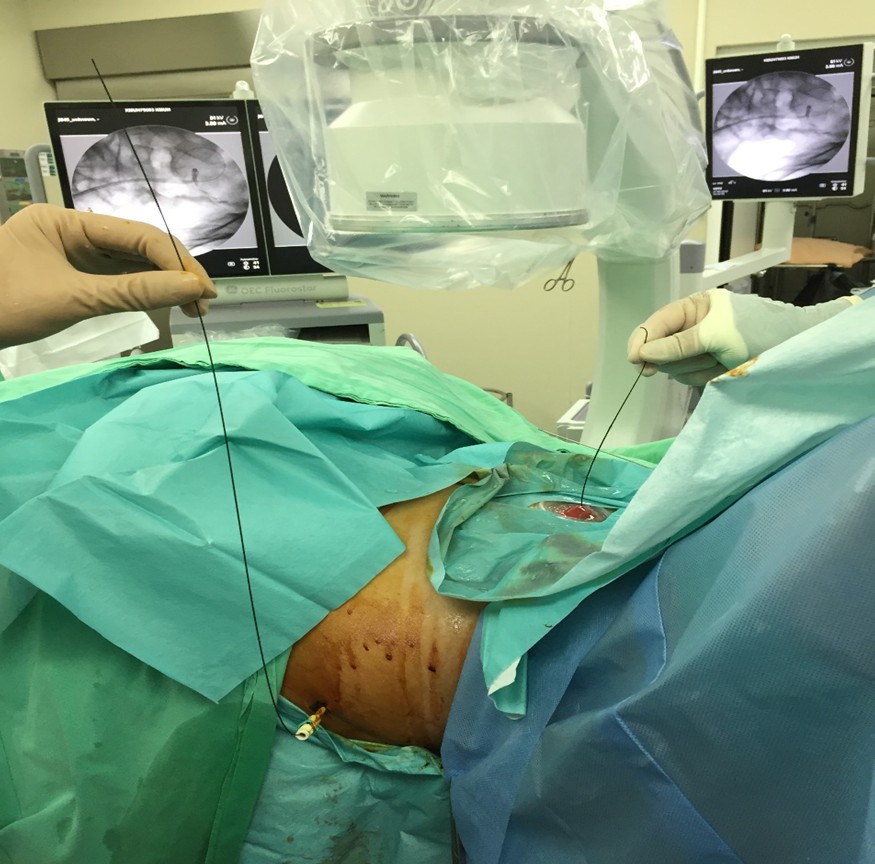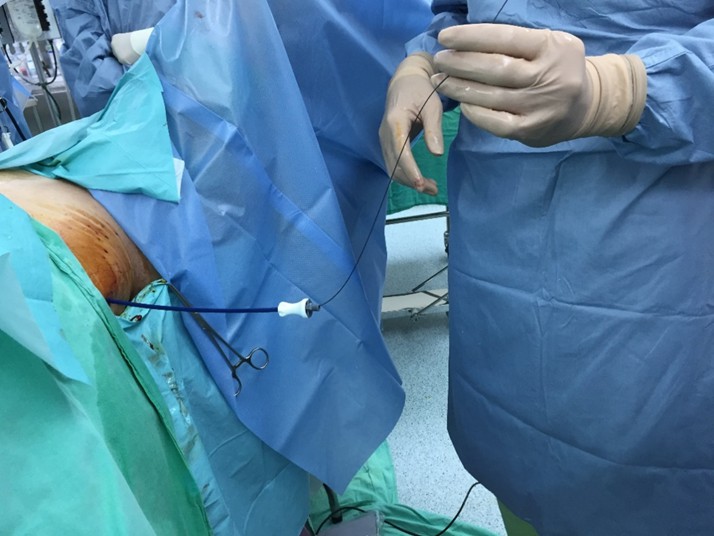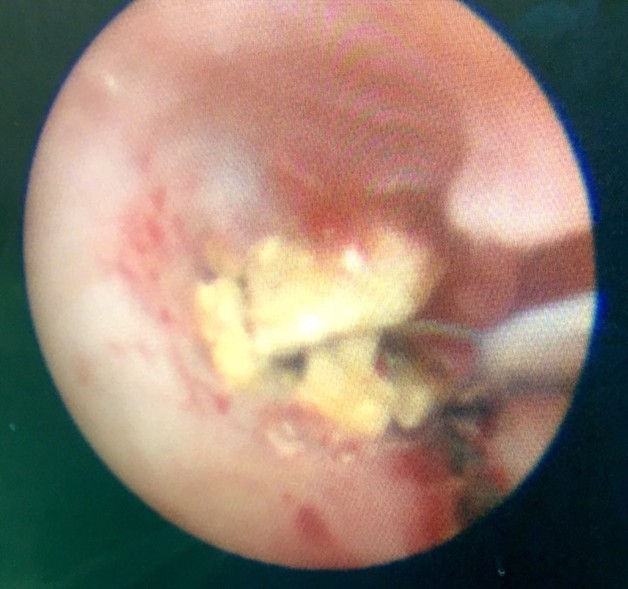腸造新膀胱患者之遠端輸尿管結石治療經驗分享
張顥瀚1、黃琮懿1、阮雍順23
高雄醫學大學附設中和醫院 泌尿部1,高雄市立大同醫院 泌尿科2,高雄醫學大學臨床醫學研究所3
Distal ureter urolithiasis after ileal conduit-case series and single center experience
Hao-Han Chang1, Tsung-Yi Huang1,Yung-Shun Juan23
Department of Urology, Kaohsiung Medical University Hospital, Kaohsiung Medical University,
Taiwan1 Department of Urology, Kaohsiung Municipal Ta-Tung Hospital2 Graduate Institute of Clinical Medicine, College of Medicine, Kaohsiung Medical University, Kaohsiung, Taiwan3.
Purpose:. Ileal conduit has been considered one of the standard way of urinary diversion following radical cystectomy. However, treatment of distal ureteral stone following ileal conduit is quite challenging, especially distal ureteral stones.
Materials and Methods: During Feb.2017 to Sep 2019, we encountered 8 patients suffering from urolithiasis after ileal conduit. Amount all, 5 of them were renal stones or upper ureteral stone and 3 of them was distal ureteral stones. All of them was diagnosed by non-contrast CT. We’ve treated one of the patient with ESWL and the other two with antegrade flexible ureterenoscopic lithotripsy, which was not been introduced officially in current documents.
Results: All of the 3 patients suffered from unilateral flank pain. Two of them developed.acute kidney injuries associated with obvious hydronephrosis. The stone burden of these three cases was 0.6cm, 0.9cm, 0.9cm and all of the stones were located below the external iliac artery crossing site. We treat the patient with 0.6cm with ESWL and the voided the stone fragment out spontaneously in the coming day. The other two patients developed hydronephrosis and acute kidney injuries while presenting, thus we indwelled PCN 2 days before operation. We performed antegrade flexible ureterenoscopic lithotripsy after then. Follow up KUB one week later of all these three paient showed no residual stone.
Conclusions: Urolithiasis in patient after urinary diversion is yet not been totally understood. Treatment of these disease is difficult and should be customized by individual patient. Though we’re still discovering how to determine the operation option based on stone burden and location, we considered antegrade flexible ureterenoscopic lithotripsy as a minimal invasive and high-successful operation option.



附件: